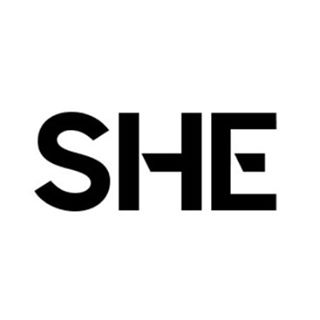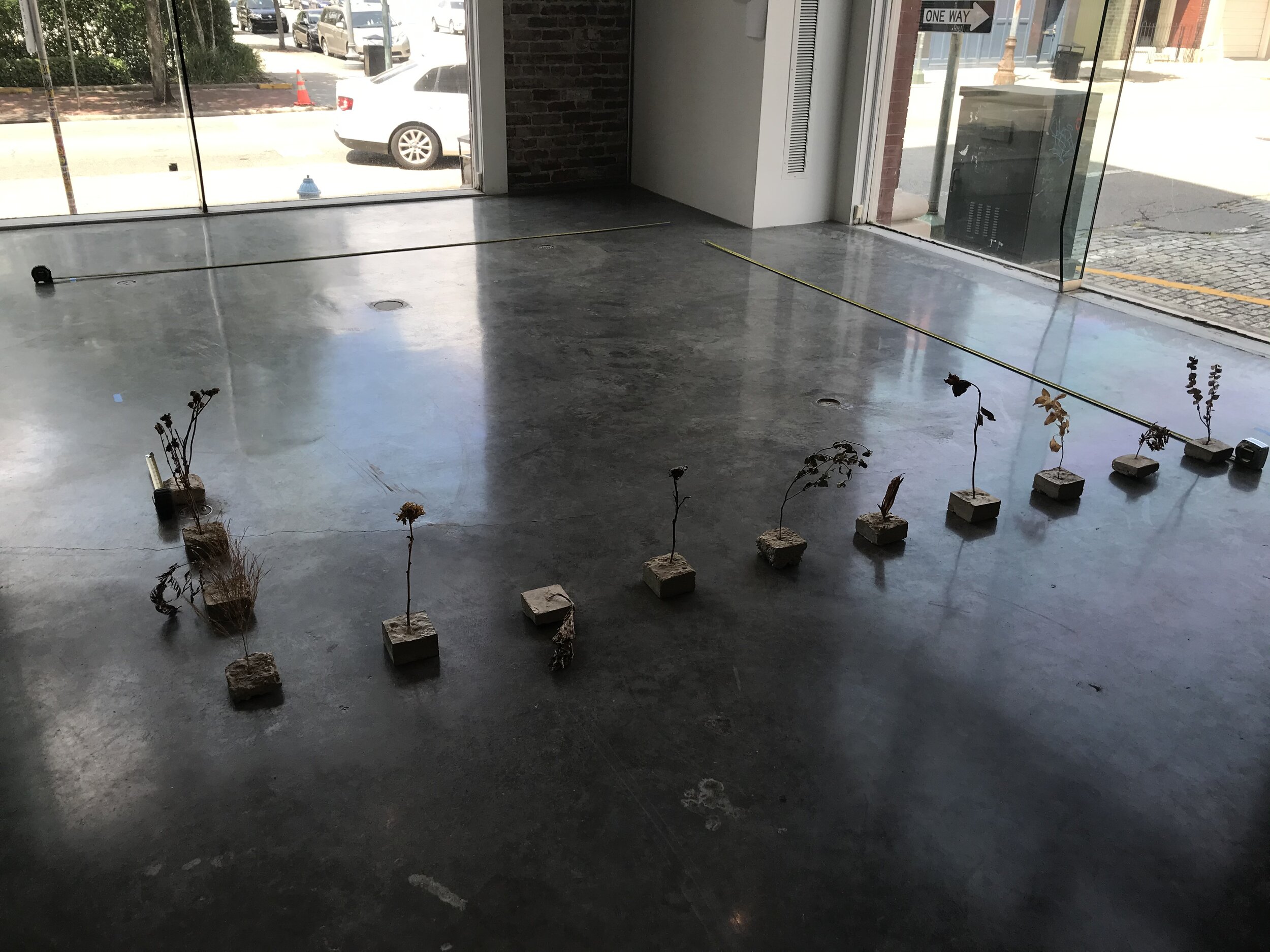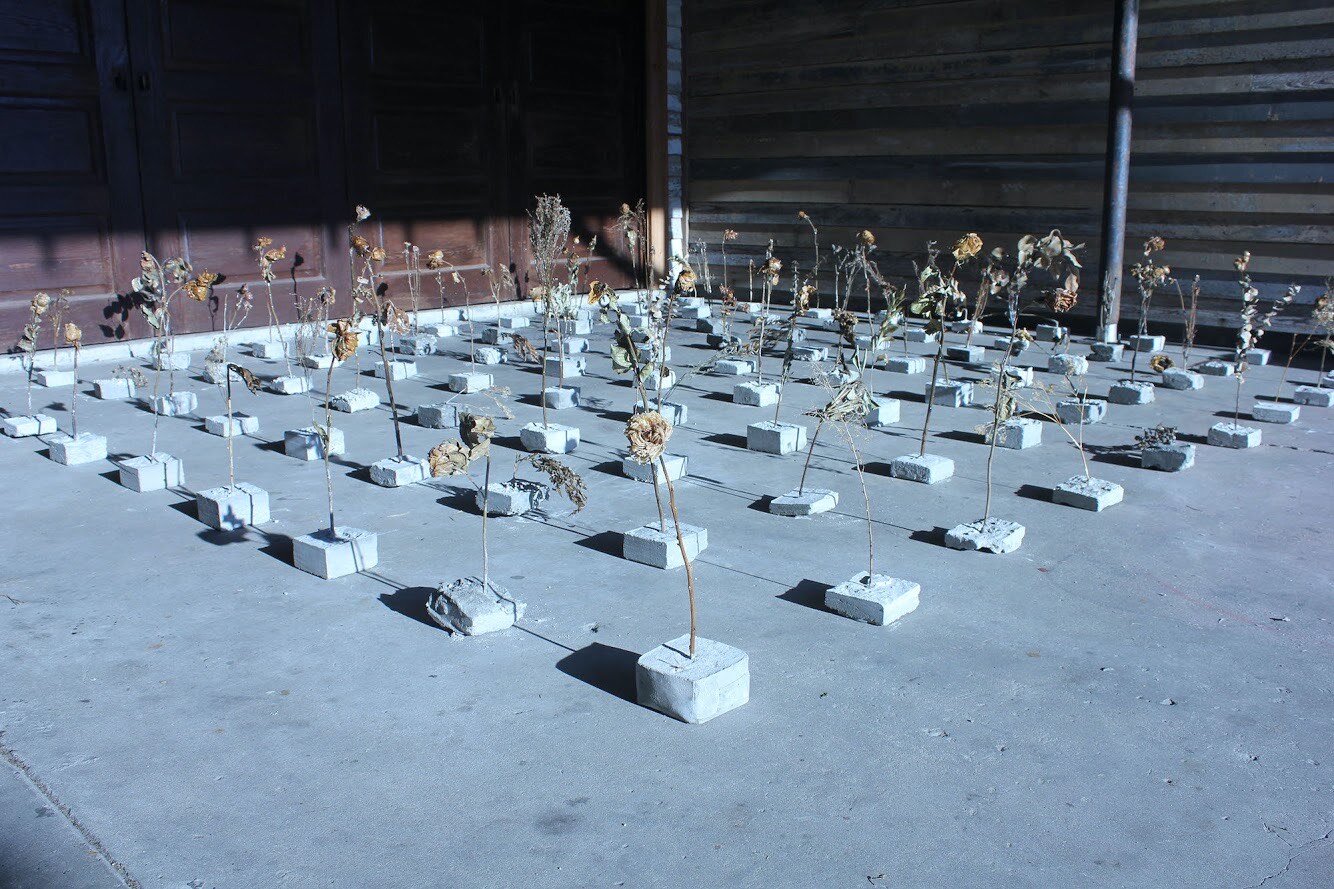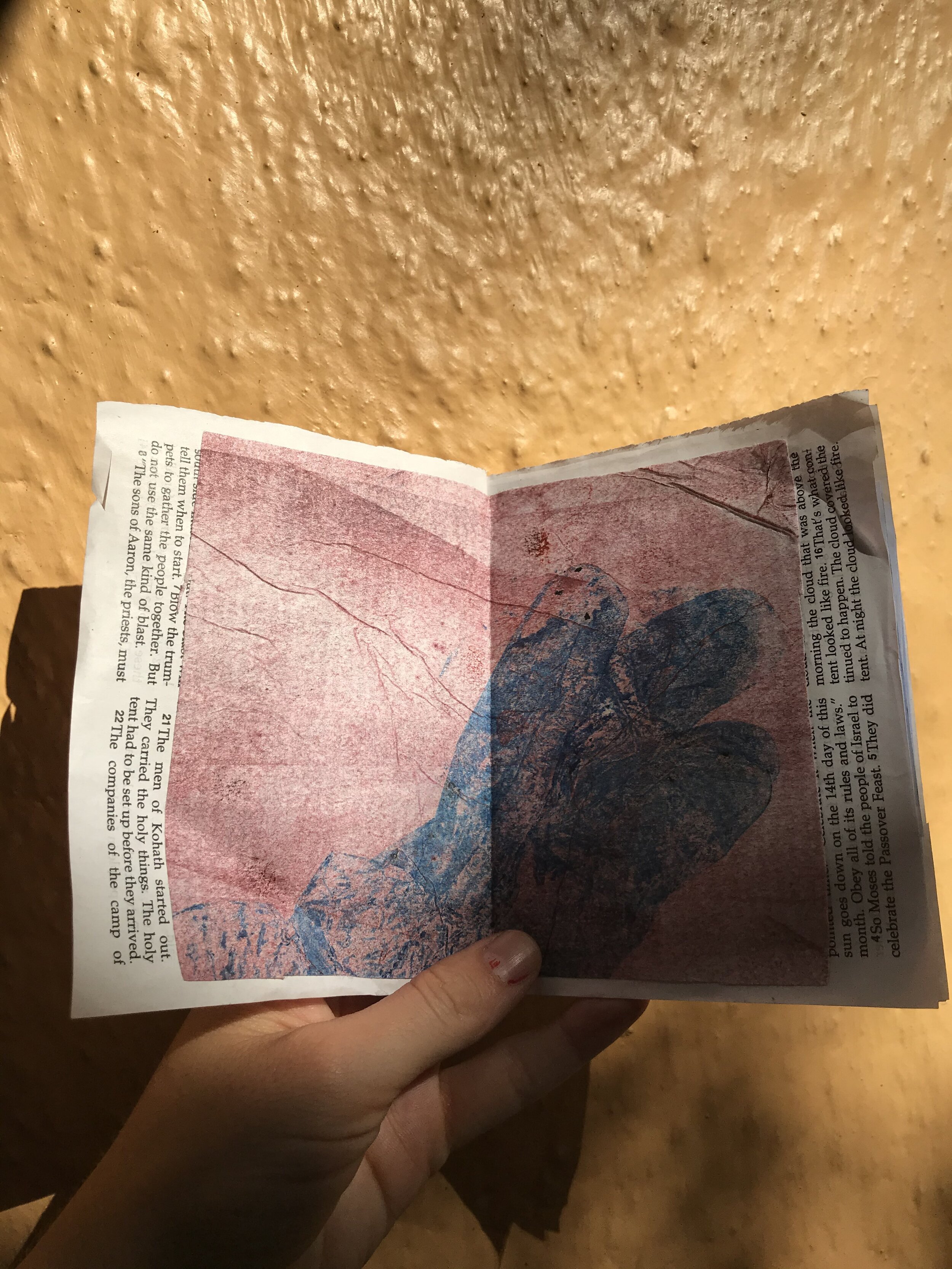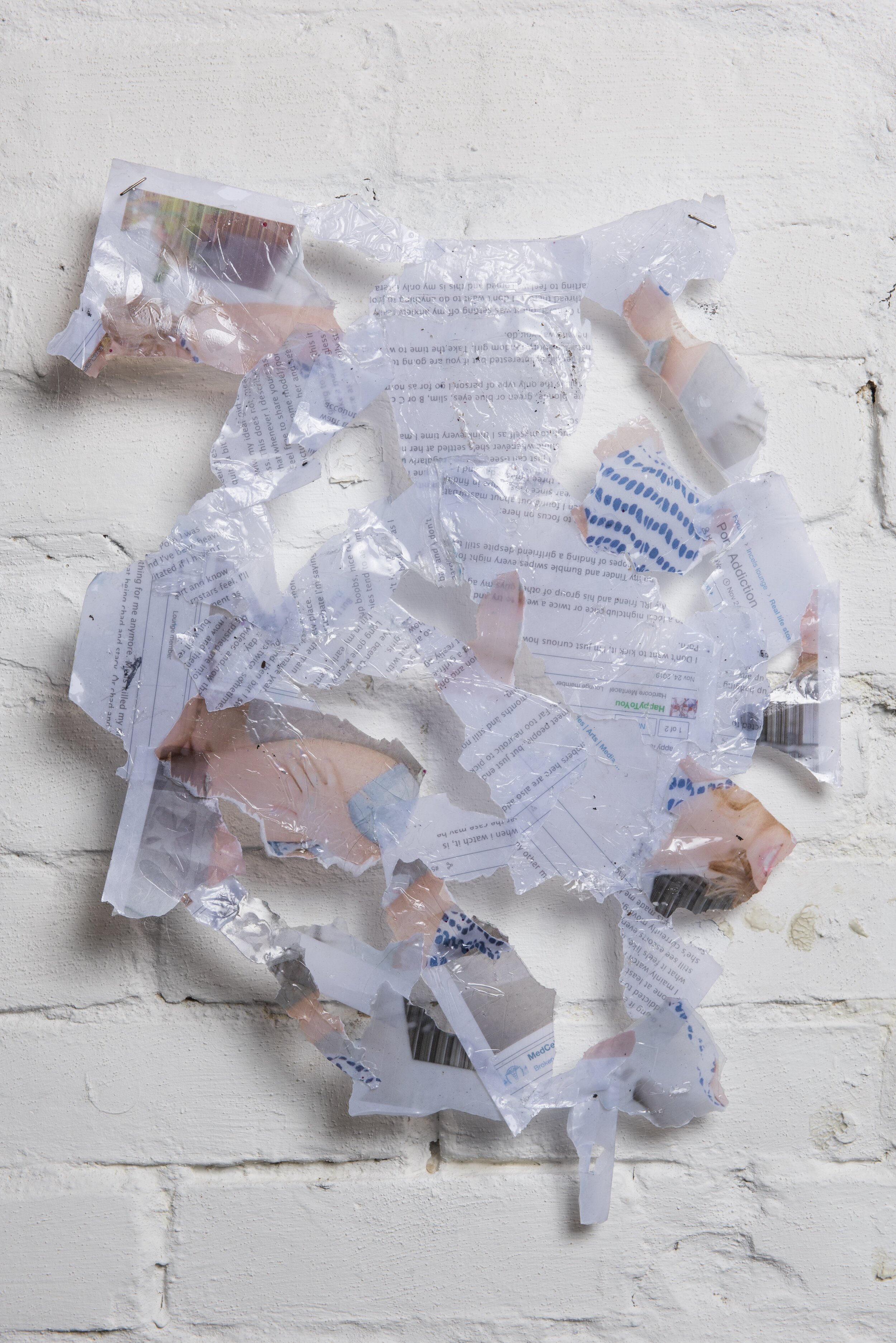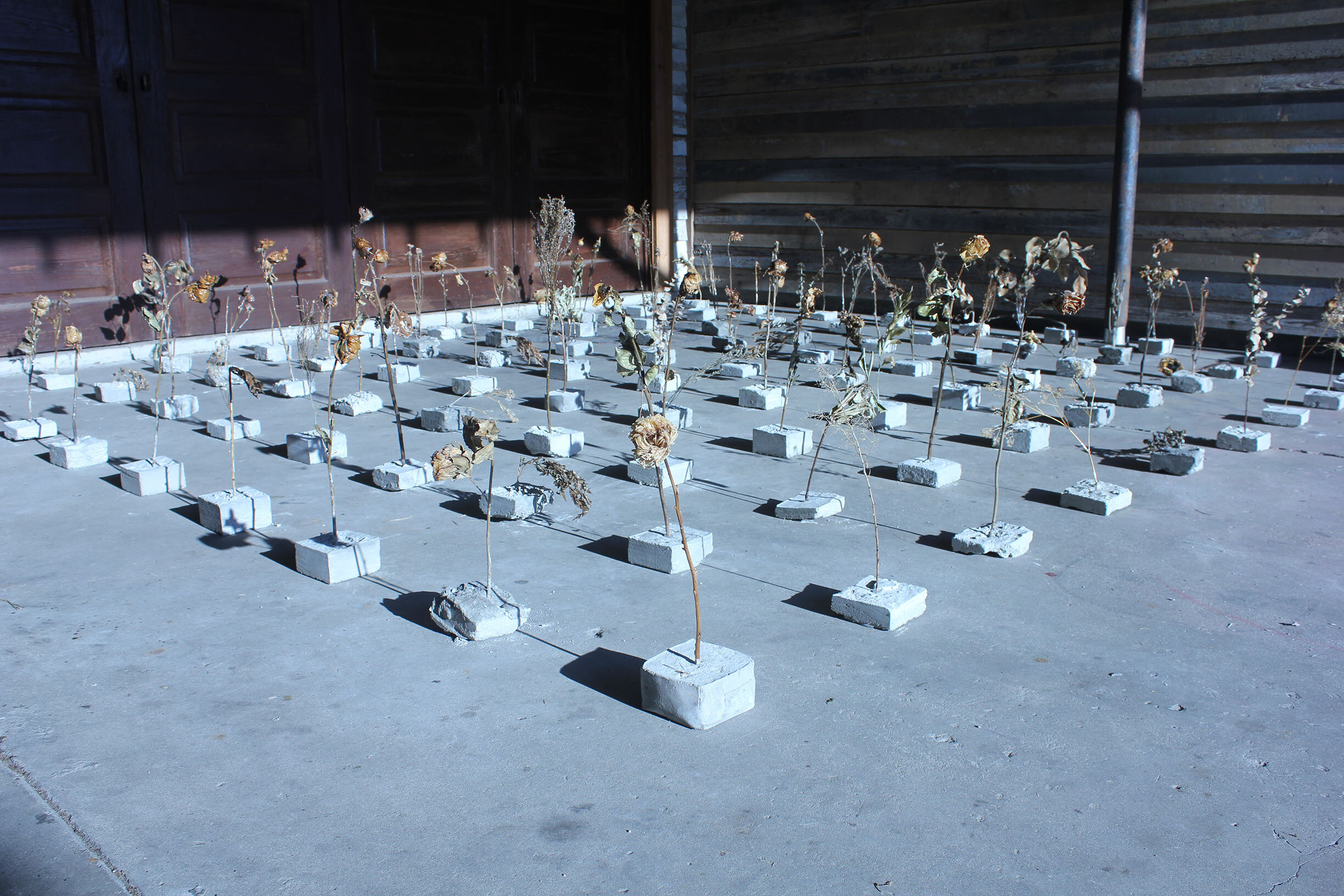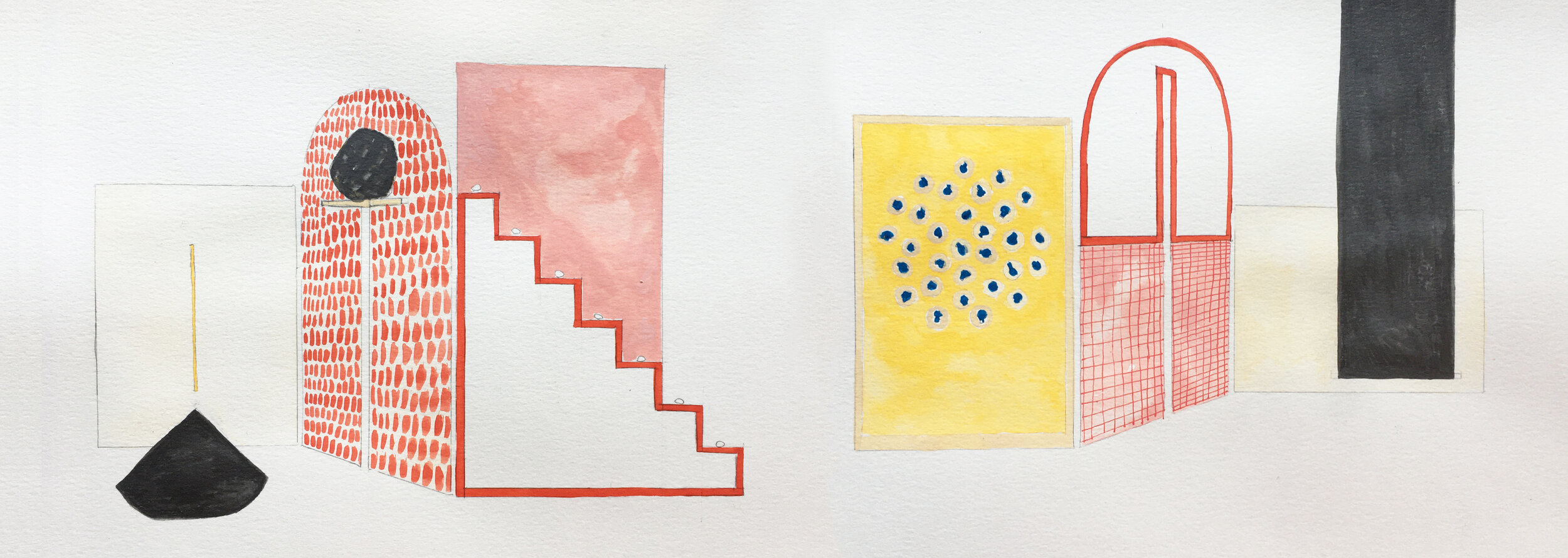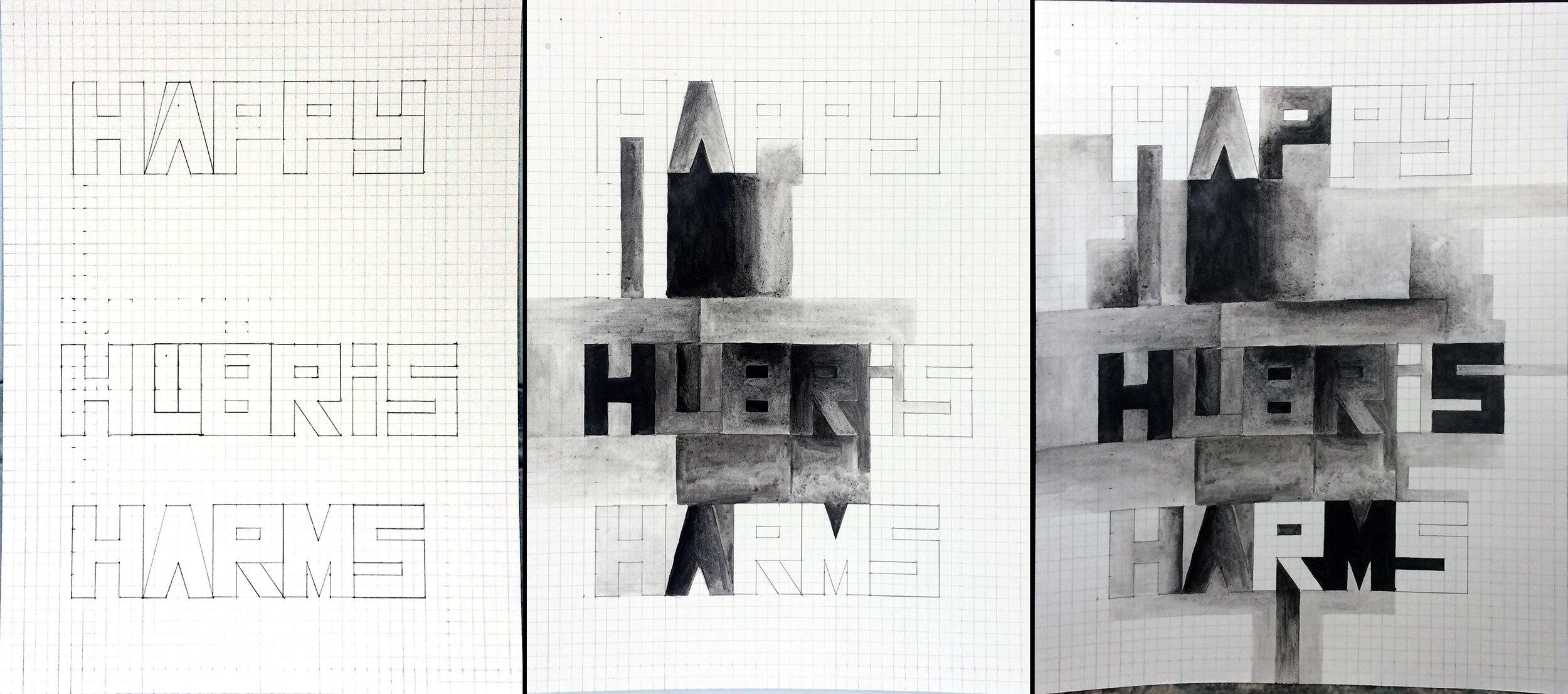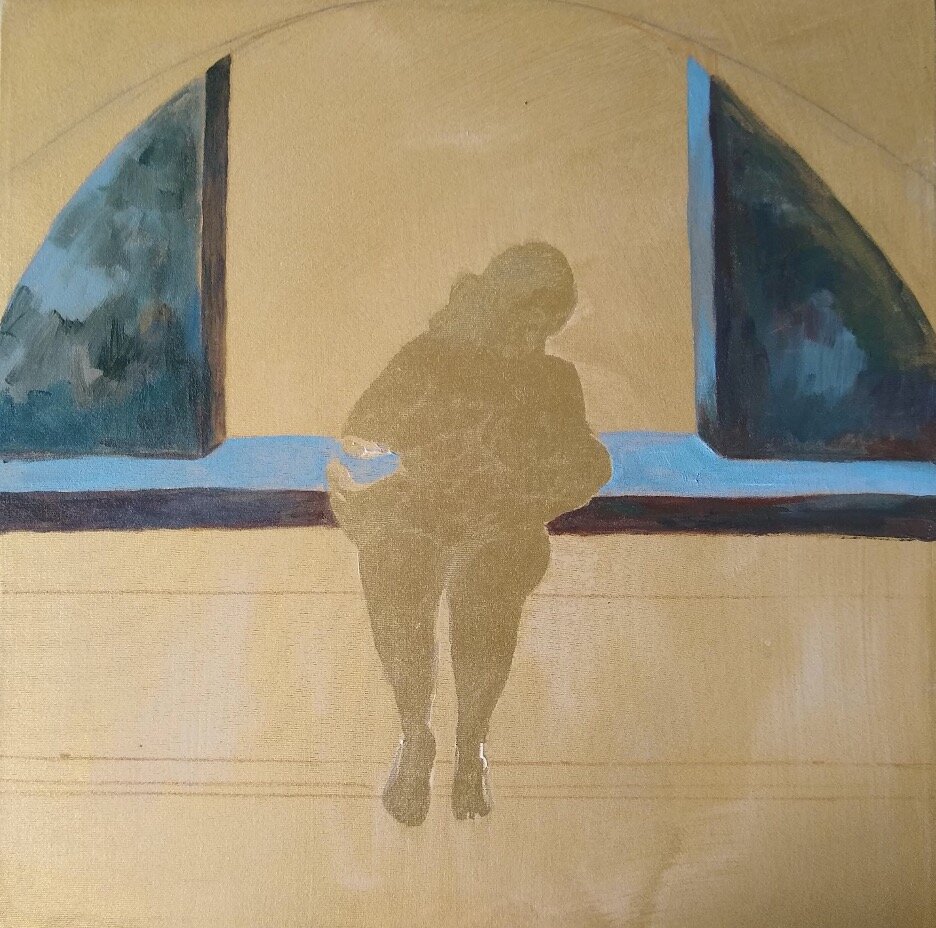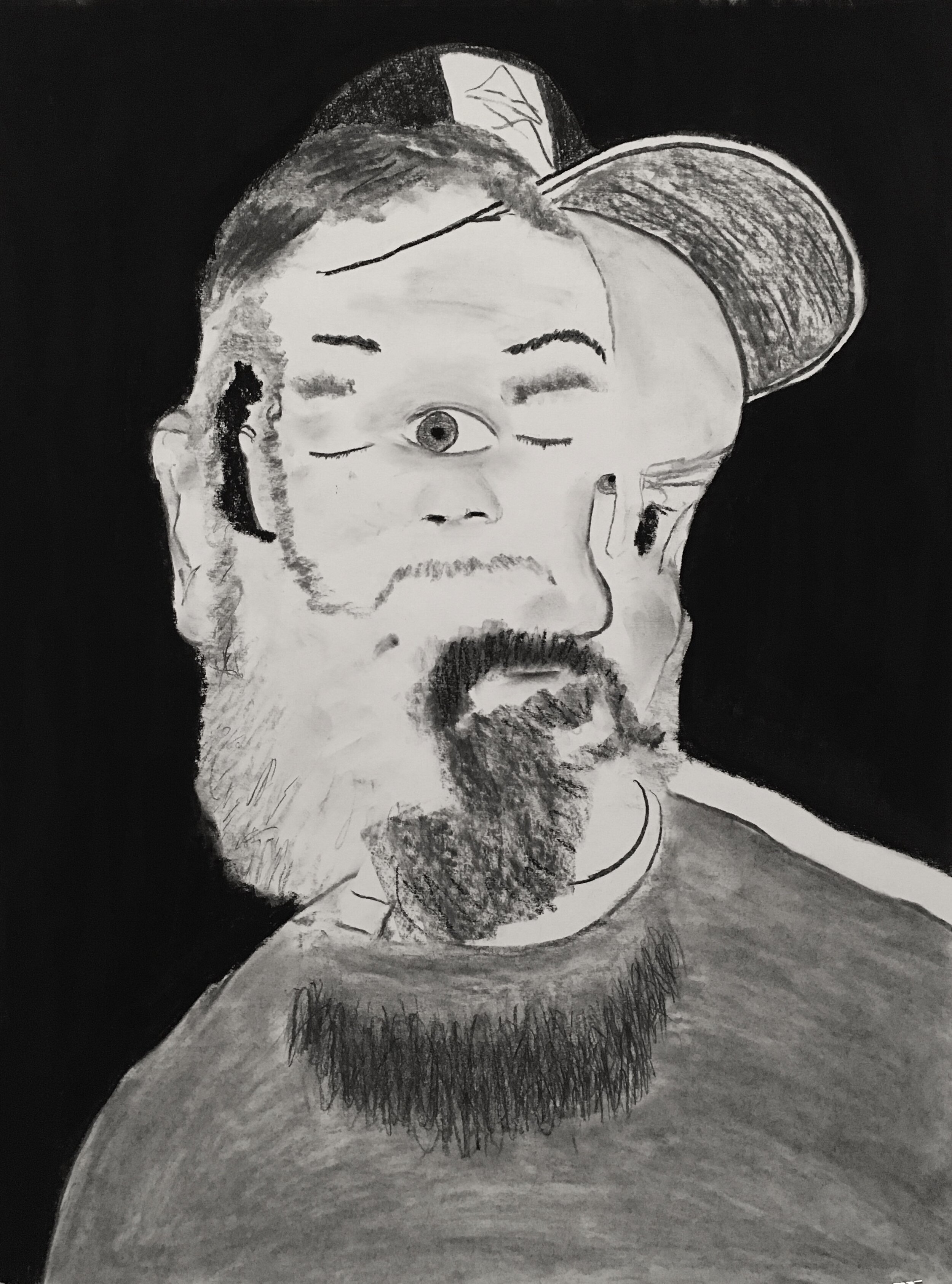This previous week had me pondering what it means to be an artist, which is not a new notion to wrestle with, but it is more pertinent now that I find some new solutions for the present moment. In light of Black Lives Matter and the protests that rightfully call for justice and systemic change in the US, I’m looking at the importance of art and what role would an artist, in this case someone like me, play in the larger conversation of racial injustice and systemic oppression.
Before this current flash point, I’ve been making artwork crafted from my individual experience on systemic issues and those effects on the body through a range of metaphors. Keeping in sight the bigger picture of historic and current racial issues and systemic inequities in the US (and more broadly the lasting legacy of colonialism across the globe), it is important to understand that there are many parallel paths and intersectional experiences of BIPOC and other marginalized groups. These different voices are not in competition with each other, as sowers of discord would fool us to believe to our detriment, but work in unison to bolster our individual voices into a collective symphony.
Looking at the troubles of our current time, I wanted to echo this tune by Civil Rights hero and Georgia Representative John Lewis as he addressed it in the 150th Bates’ Commencement speech in 2016, “You must find a way to get in the way and get in good trouble, necessary trouble. … You have a moral obligation, a mission and a mandate, when you leave here, to go out and seek justice for all. You can do it. You must do it.” This call to fight and make good trouble appeals to folks of all ages and backgrounds. The truly beautiful thing about Lewis’ words is how it pivots our perspective to reconsider that what we’re doing as not just causing necessary trouble for others and ourselves, but we’re making good trouble for the advancement of society and future generations. Our efforts are worth it. Pivoting perspective to see things in a new or different way is a very powerful skill, and something that the visual arts have an abundance of tools to accomplish. So using the power and skills gained through years of art school, I started making a visual sketch that would honor Lewis’ words GOOD TROUBLE as another way to understand the power of those words—through the act of seeing. I didn’t realize that this was such a huge undertaking to complete within a week.
As it turns out the words Good Trouble is also the title of Dawn Porter’s documentary on John Lewis himself and his work. The documentary was slated to be released in May 2020, but due to COVID-19 had to be rescheduled for July 2020, but was then premiered in Tulsa, OK on Juneteenth as a peaceful protest to Donald Trump’s rally (originally scheduled on Juneteenth but later changed to June 20th, a second speaking engagement was canceled due to low attendance thanks to ghost ticket reservations). I’m excited for this documentary, as we collectively need this education. Filmmaker Dawn Porter also produced other films including Gideon’s Army, Spies of Mississippi, Trapped, and many other, as Porter had been involved as a co-executive producer in numerous projects. All of Porter’s works bring to light and give voice to little known big issues, and exemplifies what John Lewis calls good trouble.
In light of Lewis’ words and Porter’s work, I had huge reservations about my GOOD TROUBLE sketch as it neared completion. I took a different approach from my usual cryptic visual puzzle to create something straightforward and that can be easily read. Unfortunately that only made the finished sketch looks like a cross between a half-hearted poster and a half-baked attempt at fine art, which is one of many unintended consequences of working with text and a trap that I fell into face first this time. The sketch doesn’t do Lewis’ words and Porter’s work justice. Instead of seeing this as a huge setback, I’m taking the cue to pivot this perspective and see it as a good setback. I’m using this as a learning opportunity and this platform to amplify Black voices by talking about John Lewis and highlighting Dawn Porter’s work (as mentioned above). I hope readers of Southern Heat Exchange get the opportunity to see this documentary soon and view many of Porter’s works.
In the far future, I may have a better composition for GOOD TROUBLE worked out (it’s going to take some time), but for now, it is deemed unresolved and tabled until such time. In the meanwhile, I’m working on a composition with the words THIS OPPORTUNITY IS SOMEONE’S SACRIFICE, which comes from a place of individual and collective responsibility from my personal family experience. More images and thoughts to come.
This week, I leave you with an old composition called BLAME FRAME. It was created in response to the many ways BIPOC were scapegoated by the colonizers. It’s an oldie from last year but still pertinent in light of today’s troubles.
Note: some may argue that paying tribute via an artwork is fine and dandy in their book, but unless the work adds to the conversation in a different way without further marginalization, then it causes more harm by competing with the voices one is supposed to pay tribute to. This is especially pertinent in light of so many artists of all backgrounds (but especially non-Black folks) making works that revolve around Black Lives Matter issues. Representation doesn’t start until we reach Responsible Representation, and all artists bear a responsibility to check themselves and learn from it.
